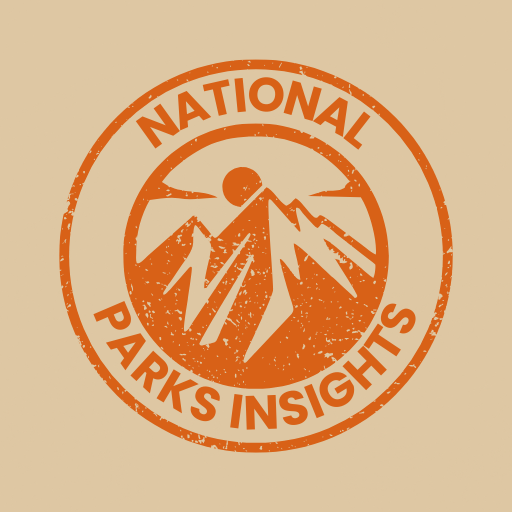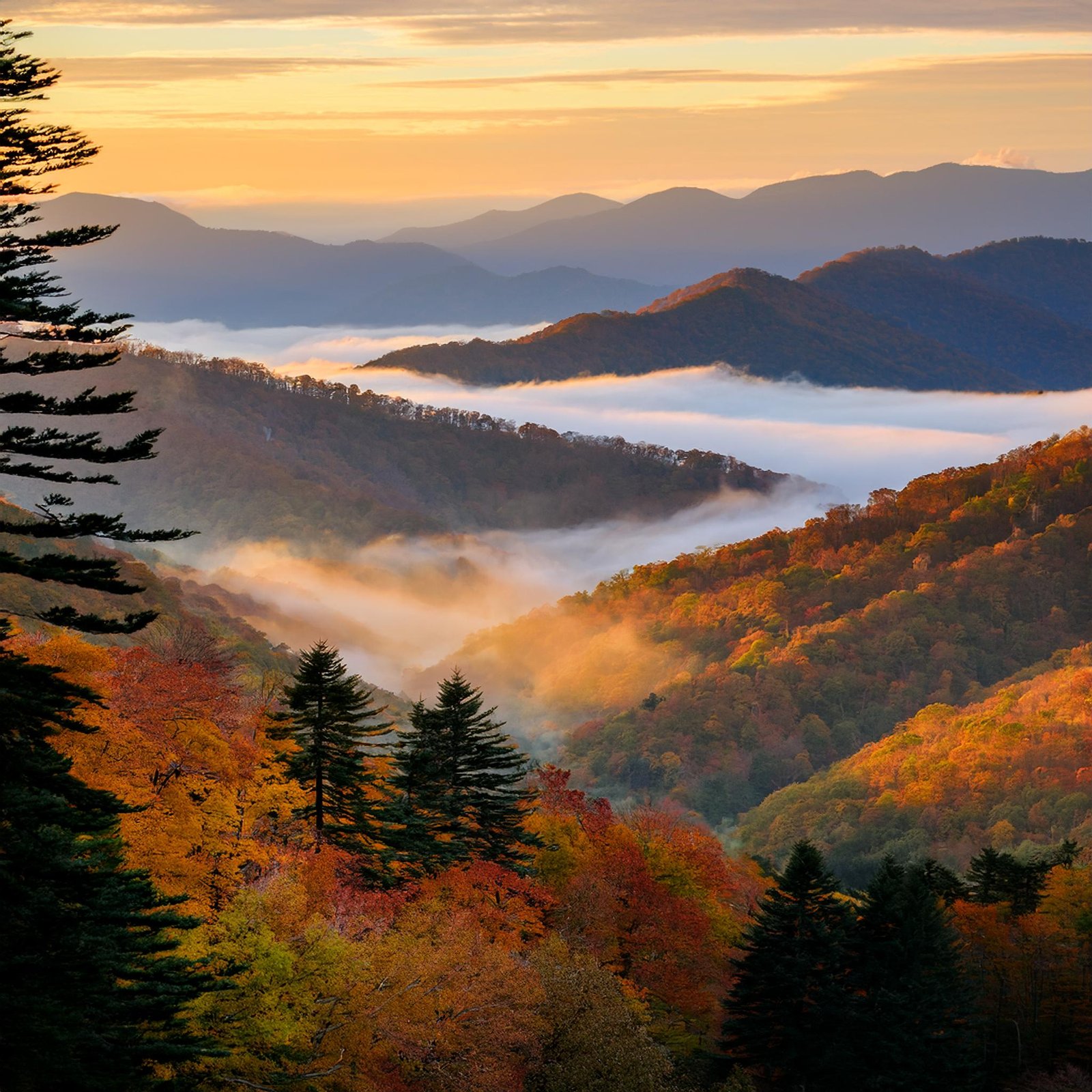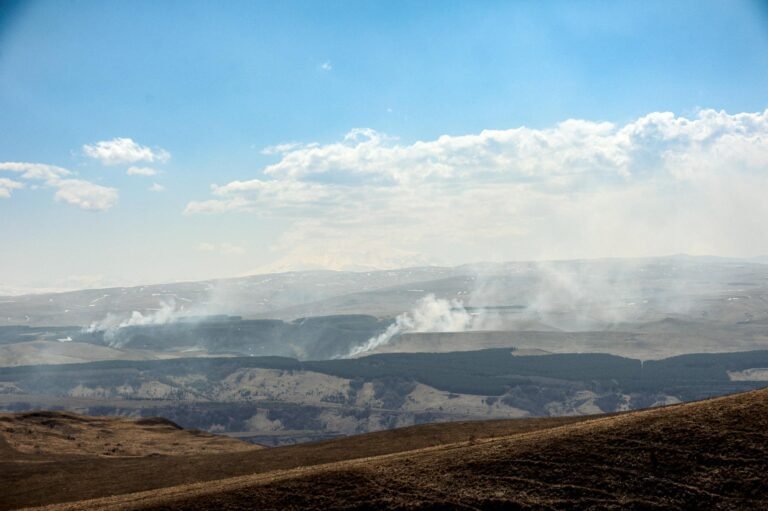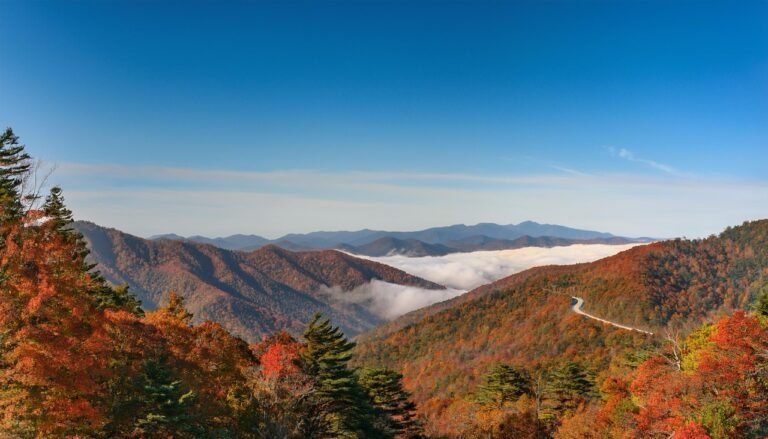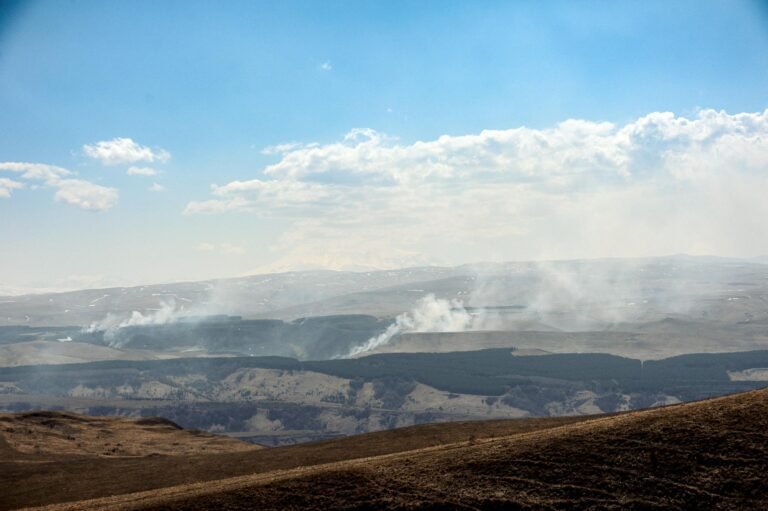Navigate The Great Smoky Mountains National Park Map
A Walk-Through History
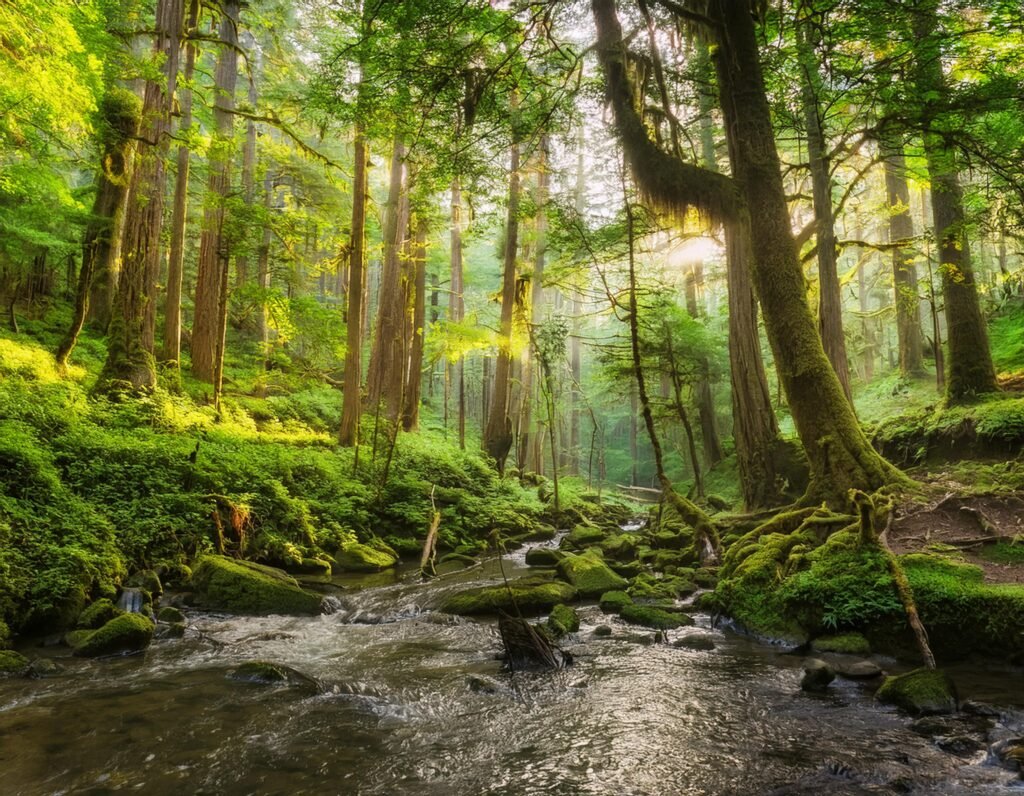
Great Smoky Mountains National Park is like a time capsule, preserving stories that go back thousands of years. It all started with the Paleo Indians, the first folks to call this place home. Over time, various Native American tribes, especially the Cherokee, settled here. Their presence is still felt as you wander through the park’s ancient trails and historical spots.
Fast forward to the early 1800s, and you’ll find European settlers arriving, setting up small farms and communities. Some of these old buildings are still standing today, giving us a peek into what life was like back then. The rugged terrain and isolated homesteads paint a vivid picture of Appalachian life during that era.
The park officially came into being in 1926, thanks to a hefty donation from J.D. Rockefeller, who helped buy the land. This move saved the area from the logging industry and kept its natural beauty intact for future generations. For more info, swing by the Great Smoky Mountains National Park Visitor Center.
A Cultural Time Machine
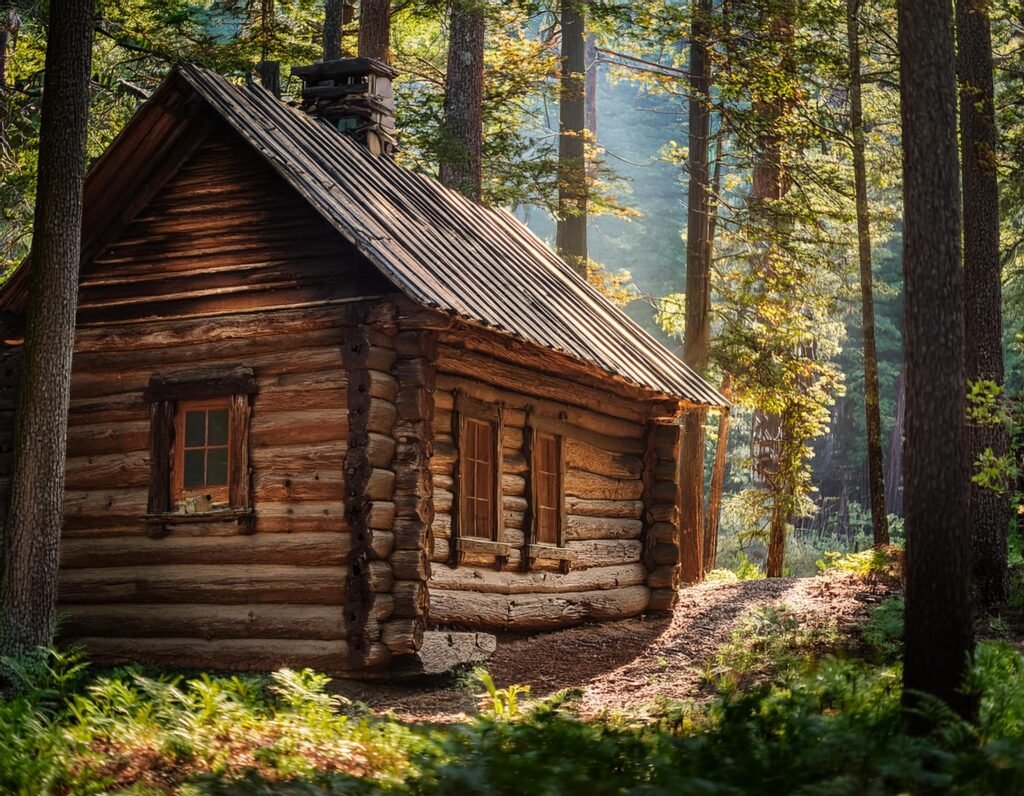
When you explore Great Smoky Mountains National Park, you’re not just soaking in the scenery; you’re stepping back in time. From the Native Americans to European settlers, and even the 20th-century loggers and Civilian Conservation Corps (CCC) workers, everyone left their mark here.
The park is sprinkled with historical buildings that tell these stories. Check out the old log cabins, barns, and churches from the 19th century. These places give you a real sense of how people lived and worked in the Smokies.
One of the coolest parts of the park’s history is its connection to the CCC during the Great Depression. These guys built a lot of the park’s infrastructure—roads, trails, and buildings—that we still use today. Their hard work helped shape the park into the beloved spot it is now.
And let’s not forget the park’s incredible biodiversity. It’s the most biologically diverse national park in the U.S., home to over 1,400 flowering plant species, including 35 types of orchids, 27 violets, and 58 members of the lily family. Nature lovers, this place is your paradise. For more on the park’s biodiversity, check out Fun Facts and Biodiversity.
| Species Type | Known Species | Estimated Additional Species |
|---|---|---|
| Flowering Plants | 1,400 | – |
| Orchids | 35 | – |
| Violets | 27 | – |
| Members of the Lily Family | 58 | – |
| Total Organisms | 19,000 | 80,000 – 100,000 |
Every trail, vista, and historical site in the park adds another layer to its rich story. Whether you’re hiking or just soaking in the views, there’s always something new to discover. For hiking tips and more, visit Great Smoky Mountains National Park Hiking Trails.
Visitor Information and Services
Planning a trip to the Great Smoky Mountains National Park? Here’s the lowdown to make your visit awesome.
Entry Fee and Parking Tags
Good news! The Great Smoky Mountains National Park is free to enter. But if you’re parking for more than 15 minutes, you’ll need a parking tag. These tags help keep the park in tip-top shape.
| Tag Duration | Cost |
|---|---|
| Daily | $5 |
| Weekly | $15 |
| Annual | $40 |
Stick your parking tag on the front, lower passenger side windshield for annual tags, and on the dashboard for daily and weekly tags. You can buy these tags up to six months ahead. For more info, check out the Great Smoky Mountains National Park Visitor Center.
Navigation Tools and Resources
Getting around the park is a breeze with the right tools. Download maps to explore roads, trails, and campgrounds. Follow @SmokiesRoadsNPS on Twitter for the latest road updates. Here are some must-haves:
- Park Maps: Grab them from the park’s website.
- GPS Devices: Handy for those hidden trails.
- Visitor Centers: Pick up physical maps and chat with park rangers.
For a deep dive into the park’s trails, check out our guide on Great Smoky Mountains National Park Hiking Trails.
Camping Options in the Park
Whether you’re a glamper or a rugged camper, the park has you covered.
| Campground Type | Number of Sites | Amenities |
|---|---|---|
| Frontcountry | 10 | Restrooms, picnic areas, fire rings |
| Backcountry | Loads | Primitive, permit required |
- Frontcountry Campgrounds: Perfect for families, these spots come with restrooms, picnic areas, and fire rings. Reserve your site in advance. Find the best spots on our Great Smoky Mountains National Park Camping page.
- Backcountry Camping: For the hardcore campers, backcountry sites offer a primitive experience. You’ll need a permit, which you can get online or at visitor centers.
Whether you’re after a comfy camping trip or an adventurous getaway, the Great Smoky Mountains National Park has something for everyone. For more on lodging, including cabins, check out Great Smoky Mountains National Park Lodging and Great Smoky Mountains National Park Cabins.
Outdoor Fun in the Park
The Great Smoky Mountains National Park is a treasure trove of outdoor fun for you and your family. Whether you’re into hiking, biking, or fishing, this park has got you covered with its stunning scenery and diverse wildlife.
Hiking Trails Overview
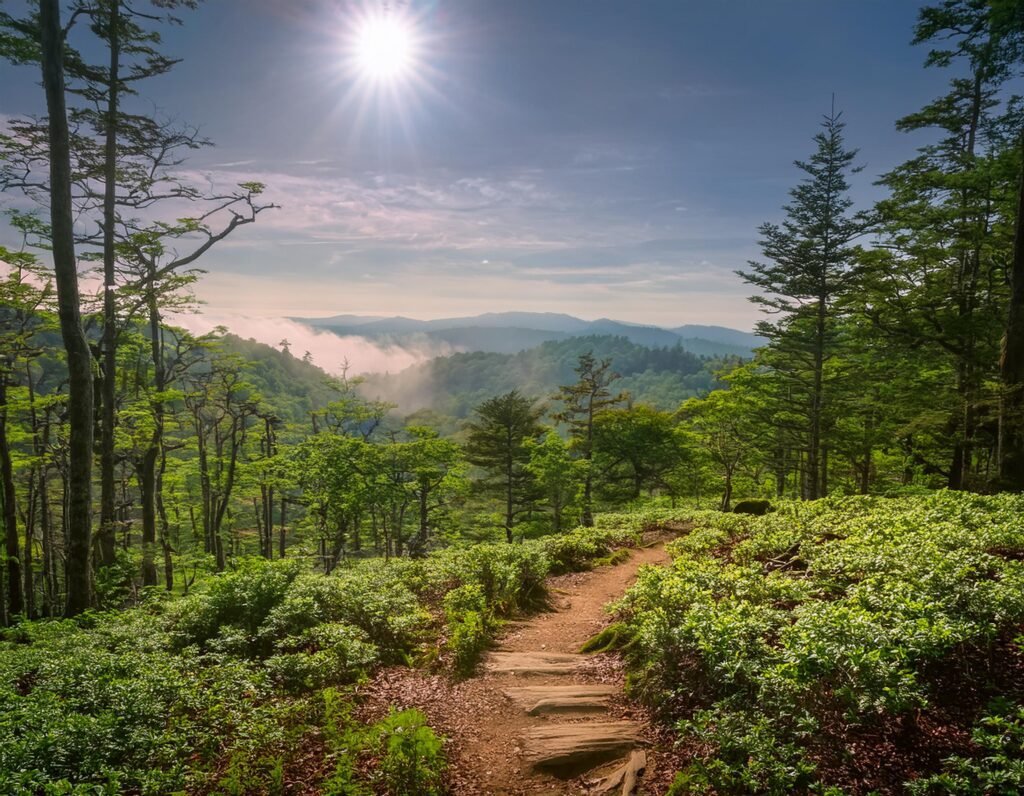
With over 850 miles of trails, the Great Smoky Mountains National Park is a hiker’s dream. Trails range from easy strolls to challenging treks, so there’s something for everyone. One of the most famous trails, the Appalachian Trail, stretches for 70 miles along the park’s top ridge. Pets are welcome only on the Gatlinburg Trail and the Oconaluftee River Trail.
| Trail Name | Difficulty | Length (miles) |
|---|---|---|
| Alum Cave Trail | Moderate | 5.0 |
| Andrews Bald | Easy | 3.6 |
| Charlies Bunion | Hard | 8.0 |
For a full list of trails, check out our Great Smoky Mountains National Park Hiking Trails page.
Biking Spots
Biking is allowed on most roads in the park, with the Cades Cove Loop Road being a favorite. This 11-mile loop offers stunning views and chances to see wildlife. Plus, you can explore 19th-century homesites along the way. Helmets are a must for all cyclists, and following traffic rules is key for safety.
| Biking Area | Length (miles) | Features |
|---|---|---|
| Cades Cove Loop Road | 11.0 | Scenic views, wildlife |
For more on biking in the park, visit our Things to Do in Great Smoky Mountains National Park guide.
Fishing and Wildlife Watching

Fishing is a year-round activity in the Great Smoky Mountains National Park, with about 2,115 miles of streams for anglers. You’ll need a valid fishing license from Tennessee or North Carolina. The park is home to one of the last wild trout habitats in the eastern U.S., and the brook trout restoration program has been going strong since 1987.
| Fish Species | Best Fishing Streams | Required License |
|---|---|---|
| Brook Trout | High elevation streams | Tennessee or North Carolina permit |
| Rainbow Trout | Lower elevation streams | Tennessee or North Carolina permit |
For more on fishing rules and tips, visit our Great Smoky Mountains National Park Camping page.
Wildlife watching is another hit in the park. The diverse ecosystem is home to black bears, deer, and a variety of birds. Bring binoculars and a camera to capture the park’s amazing wildlife.
Exploring the Great Smoky Mountains National Park offers endless fun and unforgettable memories. Whether you’re hiking, biking, or fishing, there’s something for everyone. For more info, visit our Great Smoky Mountains National Park Visitor Center or check the latest Great Smoky Mountains National Park Weather updates before you go.
Get more information on National Parks
Park Rules and Safety Tips
Parking Tag Rules
Planning a trip to the Great Smoky Mountains? Don’t forget about the parking tags! If you’re parking for more than 15 minutes, you need one. You can grab daily, weekly, or annual tags either in person or online.
| Tag Type | Expires |
|---|---|
| Daily | 11:59 pm ET on the purchase date |
| Weekly | 7 days from purchase |
| Annual | 12 months from purchase month |
Here’s where to stick ’em:
- Annual tags: Front, lower passenger side windshield.
- Daily and weekly tags: Face-up on the front, lower passenger side dashboard.
When you buy your tag, you’ll need to enter the date of your visit and your license plate number. You can buy tags up to six months ahead of time. But remember, a tag doesn’t guarantee you a parking spot. To snag a spot, try visiting during off-peak times. If you ignore these rules, you might get a warning, a ticket, or even have your car towed.
If you have Tribal affiliation, you can get free parking tags from Tribal leaders for traditional activities. On fee-free days, parking tags are also free. Special Use Permits for events like Decoration Days, family reunions, and cemetery visits waive the parking tag fees during the permit period. For more info, check out the Great Smoky Mountains National Park Visitor Center.
Seasonal Closures and Restrictions
The park has seasonal closures and restrictions to keep everyone safe and protect the environment. Some roads, trails, and facilities close in winter due to bad weather. Always check the park’s website or visit the Great Smoky Mountains National Park Visitor Center for the latest updates before you go.
Temporary restrictions can also pop up during heavy rain, high winds, or other severe weather. Stay updated on Great Smoky Mountains National Park weather conditions to plan your visit.
Environmental Conservation Efforts
The park is all about keeping its natural beauty and diverse ecosystems intact. They have several conservation projects to protect plants and animals. Visitors should follow Leave No Trace principles, like:
- Taking all trash and litter with you
- Staying on marked trails
- Not bothering wildlife or plants
The park also works on habitat restoration and managing invasive species to keep the ecosystems healthy. By following these guidelines, you help keep the park vibrant for future generations. For more tips on enjoying the park responsibly, check out Things to Do in Great Smoky Mountains National Park.
By knowing these rules and safety tips, you can help protect the Great Smoky Mountains while having a great time.
Nearby Attractions and Road Trip
Exploring the Great Smoky Mountains National Park is an adventure your family will never forget. Beyond the park’s natural beauty, the journey there and back is packed with fun stops and attractions. Here’s a guide to help you make the most of your trip.
Scenic Drive from Gatlinburg
The drive from Gatlinburg to the Great Smoky Mountains National Park is about 21.8 miles (35 km) and usually takes around 58 minutes if traffic’s behaving. This route offers stunning views and plenty of cool stops along the way. You’ll love the beautiful scenery as you head to the park.
| Route | Distance (mi) | Time (min) | Gas Cost ($) |
|---|---|---|---|
| Gatlinburg to Great Smoky Mountains NP | 21.8 | 58 | 2 – 4 |
Cities and Stops Along the Route
As you travel from Gatlinburg to the Great Smoky Mountains National Park, you’ll pass through some charming spots. These places offer a mix of attractions and activities perfect for family fun.
- Pigeon Forge: Famous for its entertainment venues, including Dollywood, an amusement park with rides, shows, and a water park.
- Sevierville: Home to the Tennessee Smokies Stadium and several distilleries, giving you a taste of local culture.
- Cherokee: Rich in Native American history and culture, featuring the Museum of the Cherokee Indian and the Oconaluftee Indian Village.
Popular stops along the route include:
- Tennessee Smokies Stadium
- Old Tennessee Distilling Co.
- Great Smokies Flea Market
- Forbidden Caverns
- TITANIC Museum Attraction
Attractions Near the Park
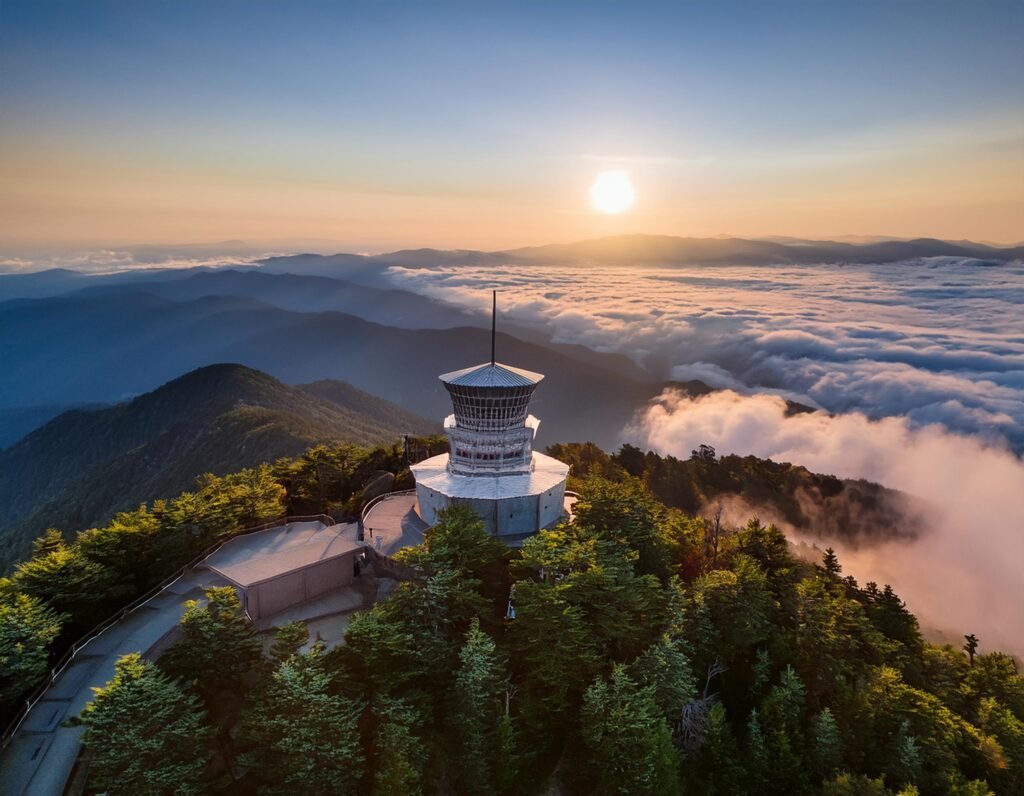
Once you reach the Great Smoky Mountains National Park, there are plenty of nearby attractions to explore. These spots offer extra adventures and learning opportunities for everyone in the family.
- Clingmans Dome: The highest point in the park, offering jaw-dropping panoramic views.
- Cataloochee Ski Area: Perfect for winter sports lovers.
- Oconaluftee Visitor Center: A great stop to learn about the park’s history and grab maps and brochures.
- Ripley’s Aquarium of the Smokies: Located in Gatlinburg, this aquarium features a wide variety of marine life and interactive exhibits.
For more info on planning your trip, including details on great smoky mountains national park camping, great smoky mountains national park lodging, and things to do in great smoky mountains national park, check out our other articles.
Current Events and Alerts
As of November 2024, visitors to Great Smoky Mountains National Park should be aware of recent changes and conditions affecting access and navigation within the park. Following recent high winds and fire danger, several roads and campgrounds, including Little River Road, Laurel Creek Road, and Cades Cove Loop Road, have reopened after temporary closures.
However, visitors are advised to remain cautious of potential hazards such as wet roads and downed trees, especially in higher elevations where snowfall and freezing temperatures may occur.
Additionally, despite recent rainfall, drought conditions persist, and a burn ban remains in effect, prohibiting campfires and the use of charcoal throughout the park.
Visitors are encouraged to check the park’s official website for the latest updates on road conditions and any weather-related alerts before planning their visit.
Fun Facts and Biodiversity
Ecological Wonders of the Park
The Great Smoky Mountains National Park is like nature’s own magic show. As you check out the great smoky mountains national park map, you’ll stumble upon all sorts of habitats that are home to a crazy variety of plants and animals. The park boasts 16 of the “Southern Sixers,” mountains in Tennessee and North Carolina that stand taller than 6,000 feet. This height difference creates a bunch of mini climates, from thick forests to alpine meadows.
About a third of the park is covered with “virgin” timber, untouched by European settlers, giving you a peek into the ancient forests that once ruled this area. The logged areas are bouncing back fast, adding to the park’s lush and vibrant scenery.
Record Visitor Numbers
The Great Smoky Mountains National Park isn’t just popular; it’s the most visited national park in the U.S. In 2021, over 14.1 million people came to soak in its beauty, enjoy outdoor activities, and dive into its rich cultural history. Whether you’re hitting the great smoky mountains national park hiking trails or taking a scenic drive, there’s something here for everyone.
| Year | Visitors (millions) |
|---|---|
| 2019 | 12.5 |
| 2020 | 12.1 |
| 2021 | 14.1 |
Plant and Animal Diversity
The Great Smoky Mountains National Park is a biodiversity jackpot. With around 19,000 known species and an estimated 80,000 to 100,000 more possibly hanging out, it’s a paradise for nature lovers and scientists alike.
| Category | Number of Species |
|---|---|
| Known Species | 19,000 |
| Estimated Additional Species | 80,000 – 100,000 |
The park is home to over 1,400 flowering plant species, including 35 types of orchids, 27 violets, and 58 members of the lily family. This plant variety supports a wide range of animals, from black bears to salamanders. As you wander through the park, you’ll get to see this amazing biodiversity up close.
For tips on the best spots to soak in the park’s natural beauty, check out our articles on great smoky mountains national park waterfalls and best hikes in great smoky mountains national park.
Using the great smoky mountains national park map will lead you to awesome discoveries and unforgettable experiences. Enjoy your adventure through this incredible natural wonder!
Current Events and Alerts
As of November 2024, visitors to the Great Smoky Mountains National Park should be aware of recent weather-related impacts and road conditions. Following high winds and fire danger, several roads and campgrounds have reopened, including major routes like Little River Road, Laurel Creek Road, and Cades Cove Loop Road.
However, visitors should remain cautious of potential hazards such as wet roads, fog, and the possibility of snowfall and freezing temperatures at higher elevations.
Despite recent rainfall, drought conditions persist, and a burn ban remains in effect, prohibiting campfires and charcoal use throughout the park.
Visitors are encouraged to check the park’s official website for the latest updates on road conditions and any weather-related alerts before planning their visit.
